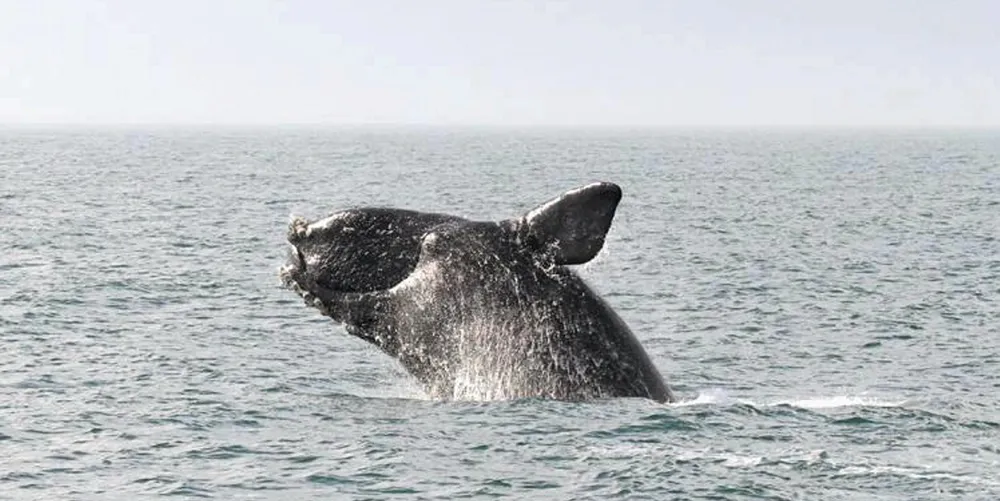Landmark study to health-check Vineyard Wind marine impact in US Atlantic
Long-view research project between developer of country's first utility-scale project and state university will monitor marine ecosystem around 800MW array for environmental impact, including to the critically endangered North Atlantic right whale

Vineyard Wind, developer of the US’ first commercial-scale project, the 800MW Vineyard Wind 1, is teaming up with a state university on a new multi-year study to monitor the marine ecosystem in the array’s lease area for signs of impact linked to the development off the coast of Massachusetts, including to the critically endangered North Atlantic right whale.
“Our collaboration with UNH allows us to leverage their significant local expertise and build on existing scientific capacity in New England [that] will allow us to make informed, science-based decisions [to] allow responsible wind energy development with minimal impact on the marine environment,” said Vineyard Wind CEO Klaus Skoust Moeller.
Jennifer Miksis-Olds, professor and director of UNH’s Center for Acoustics Research and Education, underlined that acoustic monitoring was vital to assessing the health of the marine environment because “sound is the main sensory modality for marine animals [and] plays a role in all aspects of marine mammals lives”.
She added: “Understanding what humans are contributing to that overall soundscape is important to understand how an activity is contributing to a regional environmental status.”
The programme will leverage UNH’s ongoing acoustic monitoring of the larger central and north Atlantic region to gain more comprehensive data on the effects of offshore wind farm developments on the US outer continental shelf (OCS).
A chief criticism of the project – and the industry – is that per federal regulation, the environmental impact of any given offshore wind project is assessed only on the specific lease area, while the impacts may actually be distributed across the entire regional ecosystem.
“We'll be able to interpret the data that we're getting in the lease data in the context of a greater regional East Coast acoustic environment,” she said. The programme “will be a model for future ocean users to be sound environmental stewards”.